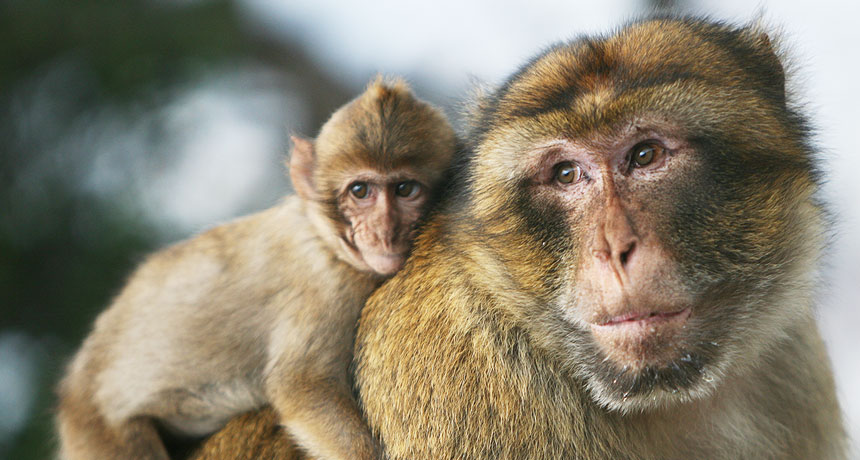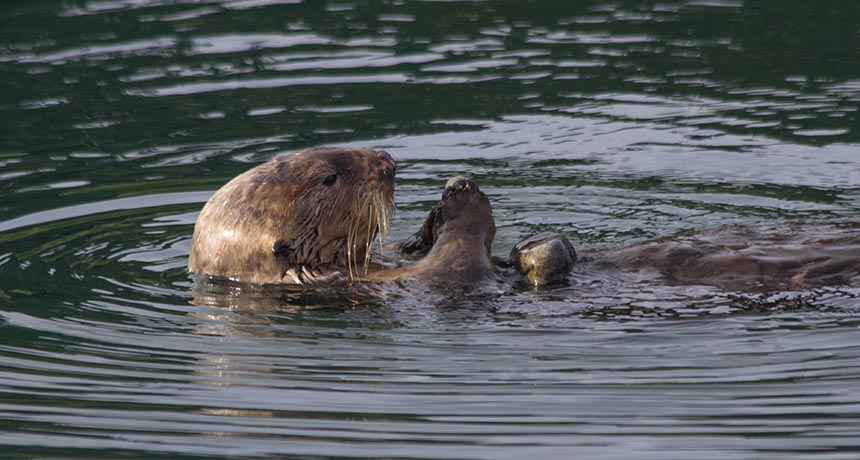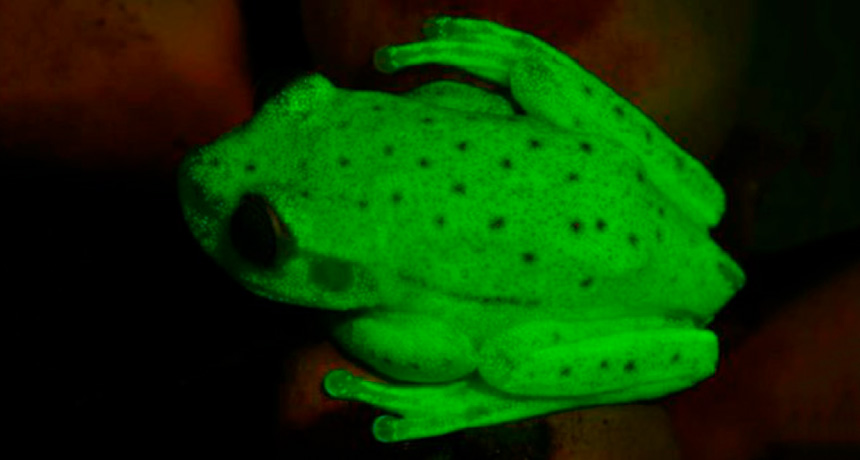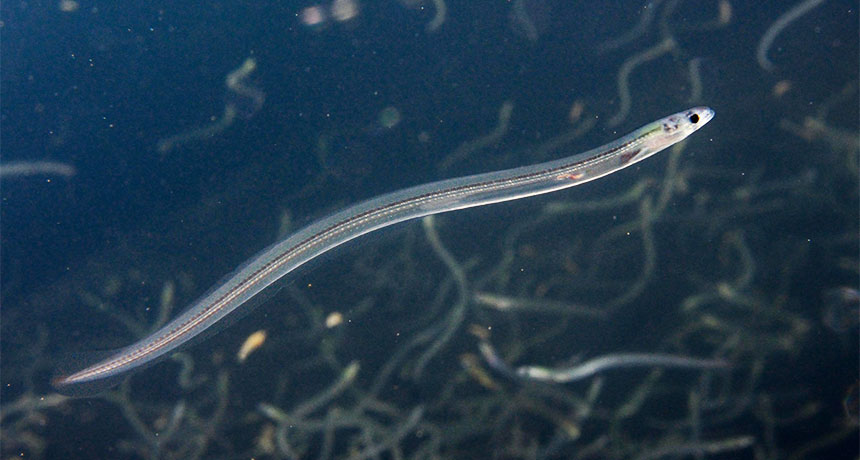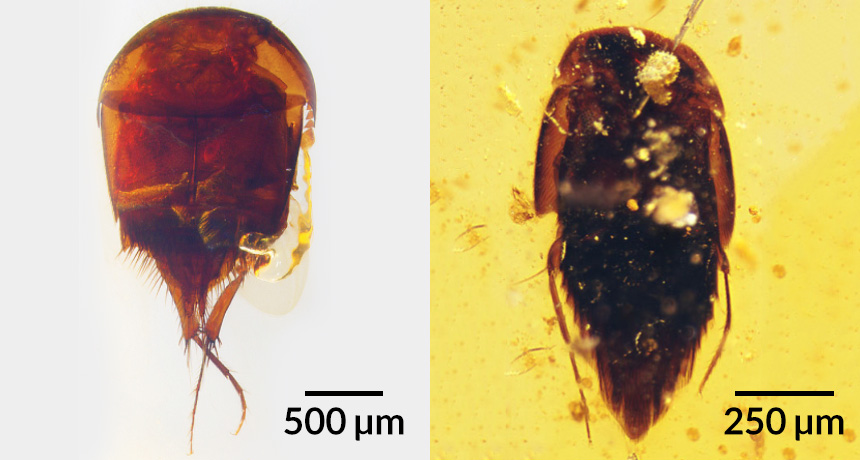Science’s questions rarely have clear, easy answers
There are few simple answers in science. Even seemingly straightforward questions, when probed by people in search of proof, lead to more questions. Those questions lead to nuances, layers of complexity and, more often than we might expect, conclusions that contradict initial intuition.
In the 1990s, researchers asking “How do we fight oxygen-hungry cancer cells?” offered an obvious solution: Starve them of oxygen by cutting off their blood supply. But as Laura Beil describes in “Deflating cancer”, oxygen deprivation actually drives cancer to grow and spread. Scientists have responded by seeking new strategies: Block the formation of collagen highways, for instance, or even, as Beil writes, give the cells “more blood, not less.”
In “DNA tests inflate species counts,” Tina Hesman Saey reports on the complications of classifying species. Genetic analyses alone, she writes, can detect too many differences, overestimating species numbers. Some tools appear to be, as Darwin would have put it, “hair-splitters” rather than “lumpers.” Identifying species is hard in part because “What is a species?” has no single answer. The notion of reproductive isolation, which splits species according to whether they can produce fertile offspring, has little meaning for asexual organisms, for instance. And isolation itself is a matter of degree. Accounting for speciation in progress is yet another challenge. At what point is a split declared official?
There are countless more examples. The question of what led to the dinosaurs’ demise was solved years ago, we thought. But remaining mysteries inspired a special report earlier this year (SN: 2/4/17, p. 16). And don’t even get me started on “How long does a neutron last?” in Emily Conover’s story “Neutron longevity remains elusive.”
In The Pursuit of Simplicity, physicist Edward Teller described science as a search for simplicity. If that’s the case, the quest is never-ending. With each new insight comes yearning for further insights. I cannot, at this moment, think of a single question that doesn’t demand more exploration. There are answers to be sure, and scientific truths, but for what line of questioning are all the details resolved? Where isn’t there a lingering “why” or “how”? (Think that I’m wrong? Send your ideas to editors@sciencenews.org.)
Wanting to know is innate. Children ask “Why is the sky blue?” or “Where do babies come from?” And parents struggle to answer at the right level of detail. Where does the question begin, and where does it end? What is the best angle of approach? As kids grow up, their questions become more specific, and the answers they receive more complex. Perhaps it’s the students who most appreciate complexity who decide to become scientists. They learn to use the tools of science, which uncovered the complexity in the first place, to try to tame it — diving in ever deeper. And so people end up studying dim and distant galaxies to understand “How did the universe evolve?”, and vats of microbes and methylmercury to ask “How will climate change affect food webs?”
Simplicity may be a gift, but I think complexity is much more interesting. It is one of the great joys of doing science — and of writing about it.
